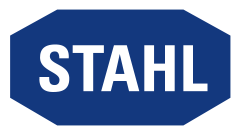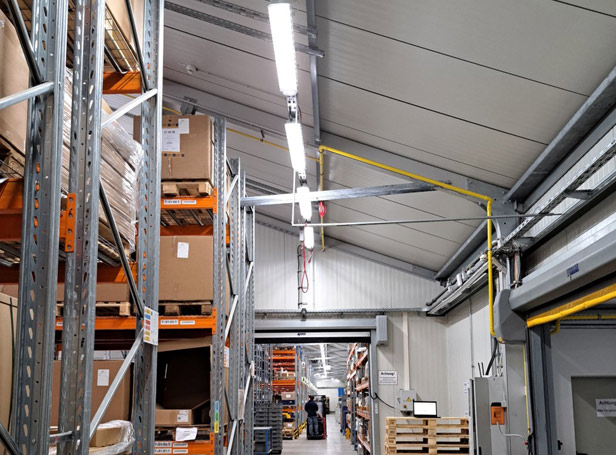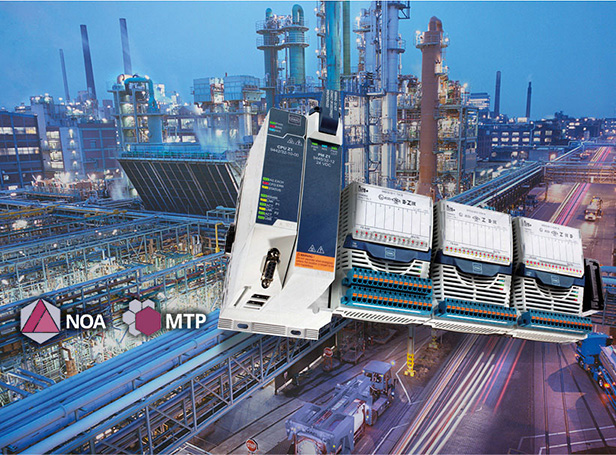In the era of Industry 4.0, data-driven processes are the foundation of modern maintenance strategies. Two key terms are increasingly coming into focus: predictive maintenance and predictive servicing. While often used interchangeably, they differ significantly – both in their objectives and technical approaches.
A decisive factor for the success of both strategies is the Asset Administration Shell (AAS) – the digital twin of a physical asset. This article explains the differences between these concepts and shows how the AAS serves as a central data platform enabling both approaches.
Definitions: Comparing Maintenance and Servicing
What is predictive maintenance?
Predictive maintenance focuses on carrying out maintenance actions not at fixed intervals, but based on real-time condition data. It relies on sensors, real-time data, and algorithms that detect anomalies or wear early on.
What is predictive servicing?
Predictive servicing takes a broader approach: it includes not only maintenance but also inspection, repair, and optimization – all based on up-to-date condition information.
Term | Focus | Typical Measures |
Predictive Maintenance | Specific, planned interventions based on data | Lubrication, filter replacement, calibrations |
Predictive Servicing | Strategic management of the full maintenance process | Inspection, repairs, component replacement |
What they share: Both approaches use sensor data, AI-powered analysis, and digital tools to reduce failures, increase availability, and cut costs.
The Asset Administration Shell as a Central Platform
The Asset Administration Shell (AAS) is the digital representation of a physical asset – structured, standardized, and machine-readable. It forms the basis for interoperability across systems and enables consistent data processing across manufacturer and system boundaries.
How the AAS Supports Predictive Maintenance
- Access to condition data: Parameters like temperature, vibration, or runtime are structured via submodels such as “Operational Data” – semantically defined, machine-readable, and interoperable.
- Simple data integration: Analytics tools or AI models can access relevant data – such as technical specifications or usage statistics – through defined interfaces.
- Documentation and spare parts: The AAS can standardize and provide access to maintenance histories, manuals, and spare parts lists.
- Standardization for heterogeneous machine fleets: With the AAS, even diverse machines can be integrated into a unified maintenance strategy.
AAS in the Context of Predictive Servicing
- Lifecycle data at a glance: The AAS tracks the full lifecycle of an asset – from commissioning to failure analysis and repair cycles.
- Decision support: Submodels provide data for assessing failure probabilities, wear progression, and maintenance costs.
- Process automation: Integration with MES, ERP, or CMMS systems enables automated workflows – for example, planning and triggering servicing actions.
- Industry 4.0 communication: Open standards like OPC UA ensure seamless communication between systems, equipment, and users.
Practical Example: AAS in Use at a Machine Manufacturer
A medium-sized company specializing in CNC machining centers implements a predictive servicing strategy. The goal: to operate both in-house production and delivered machines more intelligently.
Implementation steps:
- Sensors & data acquisition: Vibration sensors on the main spindles send data via OPC UA to an IIoT platform.
- Digital twins for each machine: Each asset receives its own AAS – including submodels for operational data, maintenance history, and spare parts logistics.
- Automated analysis: The platform uses AI to analyze AAS data – if anomalies are detected, a servicing task is triggered automatically.
- Seamless service process: Service technicians access all relevant data via mobile devices – including manuals and parts lists.
The benefits:
- Reduced unplanned downtime
- Shorter repair times (MTTR)
- Optimized spare parts logistics
- More efficient maintenance planning
Conclusion: The AAS as the Backbone of Modern Maintenance
Whether for precise maintenance actions or strategically planned servicing activities – without a structured, consolidated data foundation, these approaches remain inefficient. The AAS provides the foundation for true interoperability and automation.

Key Advantages of the Asset Administration Shell at a Glance:
These articles might also interest you







![[Translate to Englisch:] [Translate to Englisch:]](/fileadmin/user_upload/mitarbeiter/01_DE/07_Blog/00_Allgemein/blog-explosionsschutz-rstahl-startseite-279x205.jpg)
![[Translate to Englisch:] [Translate to Englisch:]](/fileadmin/user_upload/mitarbeiter/01_DE/07_Blog/00_Allgemein/blog-explosionsschutz-rstahl-ueber-den-blog-279x205.jpg)
![[Translate to Englisch:] [Translate to Englisch:]](/fileadmin/user_upload/mitarbeiter/01_DE/07_Blog/00_Allgemein/blog-explosionsschutz-rstahl-autoren-279x205.jpg)
![[Translate to Englisch:] [Translate to Englisch:]](/fileadmin/user_upload/mitarbeiter/01_DE/07_Blog/00_Allgemein/blog-explosionsschutz-rstahl-newsletter-expert-mail-279x205.jpg)
Write new comment